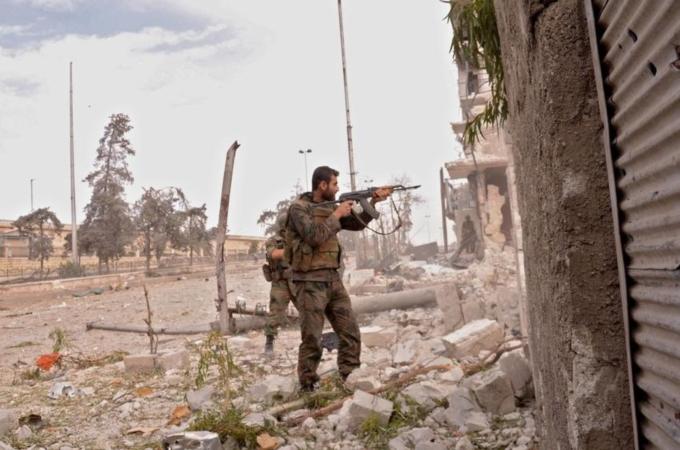By Brendan Oliver Bergh
Impunity Watch Reporter, South America
BRASÍLIA, Brazil – A new law has been passed in Brazil requiring radio frequency ID tags to be placed in every Brazilian car, new and on the road.

The radio ID tags are to be placed in car windshields and antenna in order to broadcast a variety of information including the “vehicle year or fabrication, make, model, combustible, engine power and license plate number.”
Checkpoints will be placed throughout the country to immediately track all automobiles in the nation, including their entrance and exit from the country. These checkpoints are expected to improve safety in cargo haulers, toll roads and other road based infrastructure. Administrators hope that in the future the chips will be used to automatically open gates and pay highway tolls.
While citizens are probably appreciative of the security aspects – stolen cars will be able to be tracked to nearby checkpoints and automatically notify police. The fact that the government will be able to place a citizen’s car anywhere in the nation is worrying. Many consider this to be an unparalleled breach of privacy, and the possibility of misuse is staggering.
Known as the “National System for Automatic Vehicle Identification” (Siniav), this Federal Resolution as administered by the National traffic Department requires that the system will be compulsory for all citizens by the 1st of January 2013. The implementation is scheduled to be completed by June 30, 2014. This required installation will cost all car owners approximately $5 for installation, while all new cars will have them pre-installed.
Officially the Siniav will allow for instant identification and location of fixed or mobile vehicles. This surveillance will be able to track the car throughout the country.
The quick identification of vehicles is worrying to some individuals. While the Brazilian government claims that the system will be confidential and secure, disclosure through a third party system does not alleviate suspicious. Despite the fact that all contractors involved with the program are required to sign confidentiality agreements, many believe it to be an unreasonable invasion of privacy. Some agencies believe that the increased security measures are a justifiable governmental interest and these electronic tracers are reasonable method for tracking automobiles.
The Order of Lawyers of Brazil, believe that knowing the exact location of the vehicle and its owner would be a violation of their constitutional right to privacy and the security of its citizens. All this confidential information must be held securely; and they find that that knowledge about vehicle ownership held by a contractor is contrary to public safety.
For further information, please see:
Zero Hora – Vehicles Need To Have Electronic Monitoring Until 2014 – 8 October 2012
BoingBoing – Brazil To Roll Out National Radio-Chip ID/Surveillance/Logging For All Vehicles – 6 October 2012
Brasilia Em Tempo Real – SINIAV Become Operational In January 2013 – 3 October 2012
Diario de Pernambuco – Vehicle Identification System Divides Expert Opinion – 3 October 2012
Segs – Operation of Siniav Will Be From January 2013 – 3 October 2012


